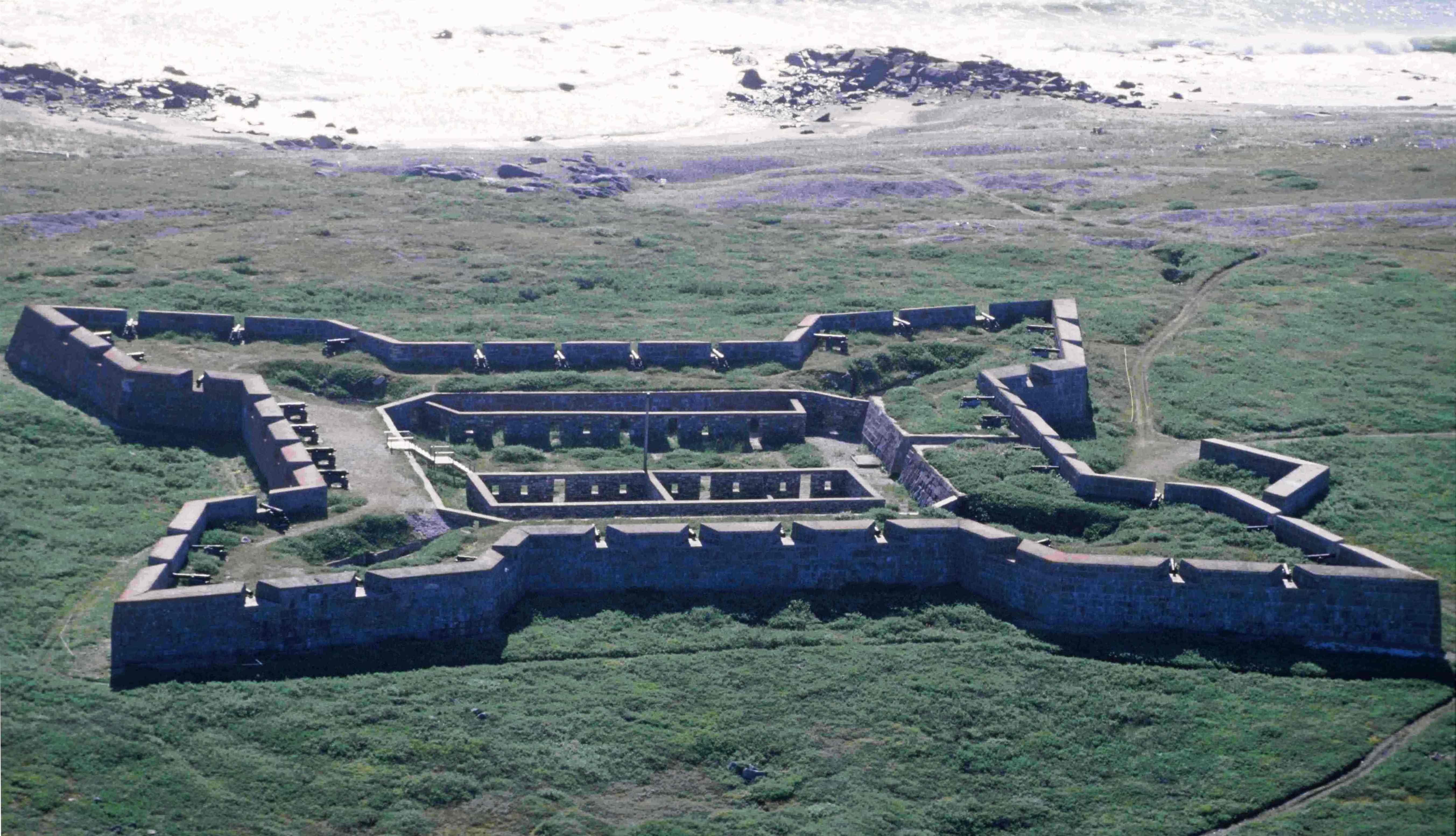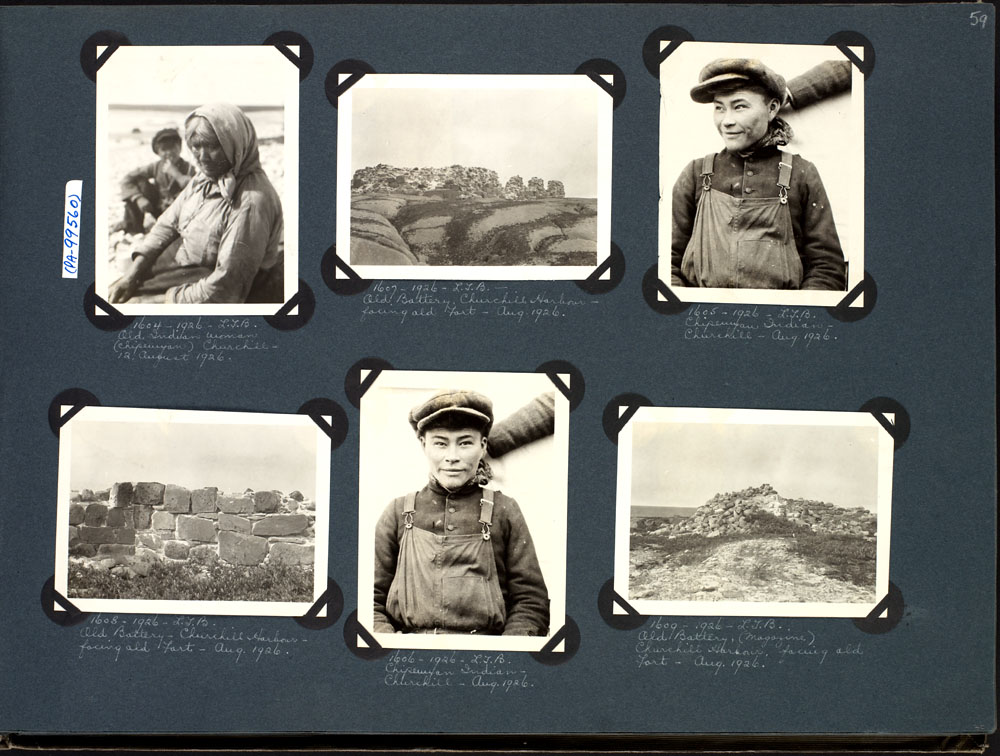|
Tadoule Lake
Tadoule Lake ( chp, ᕞᐡ ᗀᐅᐟᕄ ᕤᐧᐁ, T’es he úli túé) is an isolated northern community in Manitoba reachable by plane, snowmobile, dog team sleds, and in winter by winter road. In 1973, the Sayisi Dene moved here to return to their Barren-ground Caribou hunting life. The name appears as Tos-da-ool-le in the T.B. Johnson report of 1890, and as Tas-da-ool-le on the Arrowsmith map of 1832. Of Chipewyan origin Tes-He-Olie Twe, it may be translated as "floating charcoal" for the floating cinders and burnt wood resulting from an early forest fire or "Ashes floating on the lake". The modern spelling has been in common usage since 1914. The community located on the northwest shore of Tadoule Lake is served by Tadoule Lake Airport. During 2021 Western North America heat wave, on July 2 and 3, 2021, the record high temperature of was registered. Demographics The registered population of the First Nation as of March 2013 was 772 with 311 members living on-reserve and ... [...More Info...] [...Related Items...] OR: [Wikipedia] [Google] [Baidu] |
Manitoba
Manitoba ( ) is a Provinces and territories of Canada, province of Canada at the Centre of Canada, longitudinal centre of the country. It is Canada's Population of Canada by province and territory, fifth-most populous province, with a population of 1,342,153 as of 2021, of widely varied landscape, from arctic tundra and the Hudson Bay coastline in the Northern Region, Manitoba, north to dense Boreal forest of Canada, boreal forest, large freshwater List of lakes of Manitoba, lakes, and prairie grassland in the central and Southern Manitoba, southern regions. Indigenous peoples in Canada, Indigenous peoples have inhabited what is now Manitoba for thousands of years. In the early 17th century, British and French North American fur trade, fur traders began arriving in the area and establishing settlements. The Kingdom of England secured control of the region in 1673 and created a territory named Rupert's Land, which was placed under the administration of the Hudson's Bay Company. Rupe ... [...More Info...] [...Related Items...] OR: [Wikipedia] [Google] [Baidu] |
Tribal Chief
A tribal chief or chieftain is the leader of a tribal society or chiefdom. Tribe The concept of tribe is a broadly applied concept, based on tribal concepts of societies of western Afroeurasia. Tribal societies are sometimes categorized as an intermediate stage between the band society of the Paleolithic stage and civilization with centralized, super-regional government based in cities. Anthropologist Elman Service distinguishes two stages of tribal societies: simple societies organized by limited instances of social rank and prestige, and more stratified societies led by chieftains or tribal kings (chiefdoms). Stratified tribal societies led by tribal kings are thought to have flourished from the Neolithic stage into the Iron Age, albeit in competition with urban civilisations and empires beginning in the Bronze Age. In the case of tribal societies of indigenous peoples existing within larger colonial and post-colonial states, tribal chiefs may represent their tribe or ... [...More Info...] [...Related Items...] OR: [Wikipedia] [Google] [Baidu] |
Leaf Rapids, Manitoba
Leaf Rapids is a town in north west Manitoba, Canada. The town was developed as an experimental model; a model that other northern communities could replicate as they strove for modern convenience and luxury in a northern environment. The community is located approximately 1,000 km north of Winnipeg along the Churchill River. The original (urban) community of Leaf Rapids is on Manitoba Provincial Road 391, although most of the large official town created later lies east of this community. This town is as large as a typical Rural Municipality in the more southern parts of Manitoba. An all-weather road connects the community to Thompson, Lynn Lake, and South Indian Lake. Since the establishment of the community, Leaf Rapids has witnessed a number of significant changes directly related to mining operations. Population declines, service provision declines, and a changing employment have all occurred since the mine's closure in 2002. The community have invested considerable time ... [...More Info...] [...Related Items...] OR: [Wikipedia] [Google] [Baidu] |
Churchill, Manitoba
Churchill is a town in northern Manitoba, Canada, on the west shore of Hudson Bay, roughly from the Manitoba–Nunavut border. It is most famous for the many polar bears that move toward the shore from inland in the autumn, leading to the nickname "Polar Bear Capital of the World" that has benefited its burgeoning tourism industry. Geography Churchill is located on Hudson Bay, at the mouth of the Churchill River on the 58th parallel north, far above most Canadian populated areas. Churchill is far from any other towns or cities, with Thompson, approximately to the south, being the closest larger settlement. Manitoba's provincial capital, Winnipeg, is approximately south of Churchill. While not part of the city, Eskimo Point and Eskimo Island are located across river with the former site of the Prince of Wales Fort. History A variety of nomadic Arctic peoples lived and hunted in this region. The Thule people arrived around the year 1000 from the west, the ancestors of the presen ... [...More Info...] [...Related Items...] OR: [Wikipedia] [Google] [Baidu] |
Lac Brochet, Manitoba
Lac Brochet 197A ( chp, ᑕᐤᕊ ᕤᐧᐁ, Dahlu T’ua) is a Dene Indian reserve of the Northlands Denesuline First Nation, located in the boreal forest of northern Manitoba, Canada. It is situated on the north shore of Lac Brochet, located northwest of the city of Thompson. The reserve contains the unincorporated community of Lac Brochet (), which is the administrative centre of the Northlands Denesuline First Nation. There are no permanent roads connecting Lac Brochet with other parts of Manitoba (there are some that are passable only during the winter). Many residents travel using the Lac Brochet Airport located near town. Petit Casimir Memorial School is the K-12 school in the community. Northlands Denesuline First Nation The Lac Brochet community is the administrative centre of the Northlands Denesuline First Nation. As of September 2021, the total membership of Northland Denesuline First Nation was 1,153 with 975 members living on-reserve and 173 members living off- ... [...More Info...] [...Related Items...] OR: [Wikipedia] [Google] [Baidu] |
Baker Lake, Nunavut
Baker Lake (Inuktitut syllabics: ᖃᒪᓂᑦᑐᐊᖅ 'big lake joined by a river at both ends', Inuktitut: ''Qamani'tuaq'' 'where the river widens') is a hamlet in the Kivalliq Region, in Nunavut on mainland Canada. Located inland from Hudson Bay, it is near the nation's geographical centre, and is notable for being Nunavut's sole inland community. The hamlet is located at the mouth of the Thelon River on the shore of Baker Lake. The community was given its English name in 1761 from Captain William Christopher who named it after Sir William Baker, the 11th Governor of the Hudson's Bay Company. History In 1916, the Hudson's Bay Company established a trading post at Baker Lake, followed by Anglican missionaries in 1927. The Royal Canadian Mounted Police had been in the area for fifteen years before establishing a post at Baker Lake in 1930. In 1946 the population was 32, of which 25 were Inuit. A small hospital was built in 1957, followed by a regional school the next year. ... [...More Info...] [...Related Items...] OR: [Wikipedia] [Google] [Baidu] |
Denesuline
The Chipewyan ( , also called ''Denésoliné'' or ''Dënesųłı̨né'' or ''Dënë Sųłınë́'', meaning "the original/real people") are a Dene Indigenous Canadian people of the Athabaskan language family, whose ancestors are identified with the Taltheilei Shale archaeological tradition. They are part of the Northern Athabascan group of peoples, and come from what is now Western Canada. Terminology The term ''Chipewyan'' (ᒌᐘᔮᐣ) is a Cree exonym meaning ''pointed hides'', referring to the design of their parkas. The French-speaking missionaries to the northwest of the Red River Colony referred to the Chipewyan people as Montagnais in their documents written in French. Montagnais simply means "mountain people" or "highlanders" in French and has been applied to many unrelated nations across North America over time. For example the Neenolino Innu of northern Quebec are also called "Montagnais". Demographics Chipewyan peoples live in the region spanning the ... [...More Info...] [...Related Items...] OR: [Wikipedia] [Google] [Baidu] |
Denesuline Language
Chipewyan or Denesuline (ethnonym: ), often simply called Dene, is the language spoken by the Chipewyan people of northwestern Canada. It is categorized as part of the Northern Athabaskan language family. Dënësųłinë́ has nearly 12,000 speakers in Canada, mostly in Saskatchewan, Alberta, Manitoba and the Northwest Territories.Statistics Canada: 2006 Census Sum of 'Chipewyan' and 'Dene'. It has official status only in the Northwest Territories, alongside 8 other |
First Nations In Canada
First Nations (french: Premières Nations) is a term used to identify those Indigenous Canadian peoples who are neither Inuit nor Métis. Traditionally, First Nations in Canada were peoples who lived south of the tree line, and mainly south of the Arctic Circle. There are 634 recognized First Nations governments or bands across Canada. Roughly half are located in the provinces of Ontario and British Columbia. Under Charter jurisprudence, First Nations are a "designated group," along with women, visible minorities, and people with physical or mental disabilities. First Nations are not defined as a visible minority by the criteria of Statistics Canada. North American indigenous peoples have cultures spanning thousands of years. Some of their oral traditions accurately describe historical events, such as the Cascadia earthquake of 1700 and the 18th-century Tseax Cone eruption. Written records began with the arrival of European explorers and colonists during the Age of Dis ... [...More Info...] [...Related Items...] OR: [Wikipedia] [Google] [Baidu] |
Snowmobile
A snowmobile, also known as a Ski-Doo, snowmachine, sled, motor sled, motor sledge, skimobile, or snow scooter, is a motorized vehicle designed for winter travel and recreation on snow. It is designed to be operated on snow and ice and does not require a road or trail, but most are driven on open terrain or trails. Snowmobiling is a sport that many people have taken on as a serious hobby. Older snowmobiles could generally accommodate two people; however, most snowmobiles manufactured since the 1990s have been designed to only accommodate one person. Snowmobiles built with the ability to accommodate two people are referred to as "2-up" snowmobiles or "touring" models and make up an extremely small share of the market. Most snowmobiles do not have any enclosures, except for a windshield, and their engines normally drive a continuous track at the rear. Skis at the front provide directional control. Early snowmobiles used simple rubber tracks, but modern snowmobiles' tracks are usu ... [...More Info...] [...Related Items...] OR: [Wikipedia] [Google] [Baidu] |
2021 Western North America Heat Wave
The 2021 Western North America heat wave was an extreme heat wave that affected much of Western North America from late June through mid-July 2021. Rapid attribution analysis found this was a 1000-year weather event, made 150 times more likely by climate change. The heat wave affected Northern California, Idaho, Western Nevada, Oregon, and Washington in the United States, as well as British Columbia, and in its latter phase, Alberta, Manitoba, the Northwest Territories, Saskatchewan, and Yukon, all in Canada. It also affected inland regions of Central and Southern California, Northwestern and Southern Nevada and parts of Montana, though the temperature anomalies were not as extreme as in the regions farther north. The heat wave appeared due to an exceptionally strong ridge centered over the area, whose strength was linked to the effects of climate change. It resulted in some of the highest temperatures ever recorded in the region, including the highest temperature ever measured ... [...More Info...] [...Related Items...] OR: [Wikipedia] [Google] [Baidu] |
Tadoule Lake Airport
Tadoule Lake Airport is located southwest of Tadoule Lake, Manitoba Tadoule Lake ( chp, ᕞᐡ ᗀᐅᐟᕄ ᕤᐧᐁ, T’es he úli túé) is an isolated northern community in Manitoba reachable by plane, snowmobile, Sled dog, dog team sleds, and in winter by winter road. In 1973, the Sayisi Dene moved here to r ..., Canada. Airlines and destinations References External links * Certified airports in Manitoba {{Manitoba-airport-stub ... [...More Info...] [...Related Items...] OR: [Wikipedia] [Google] [Baidu] |






